This post may contain affiliate links.Please read our disclosure policy.
Heidesand are German shortbread cookies made with browned butter! These classic Christmas cookies have a tender texture and buttery taste.
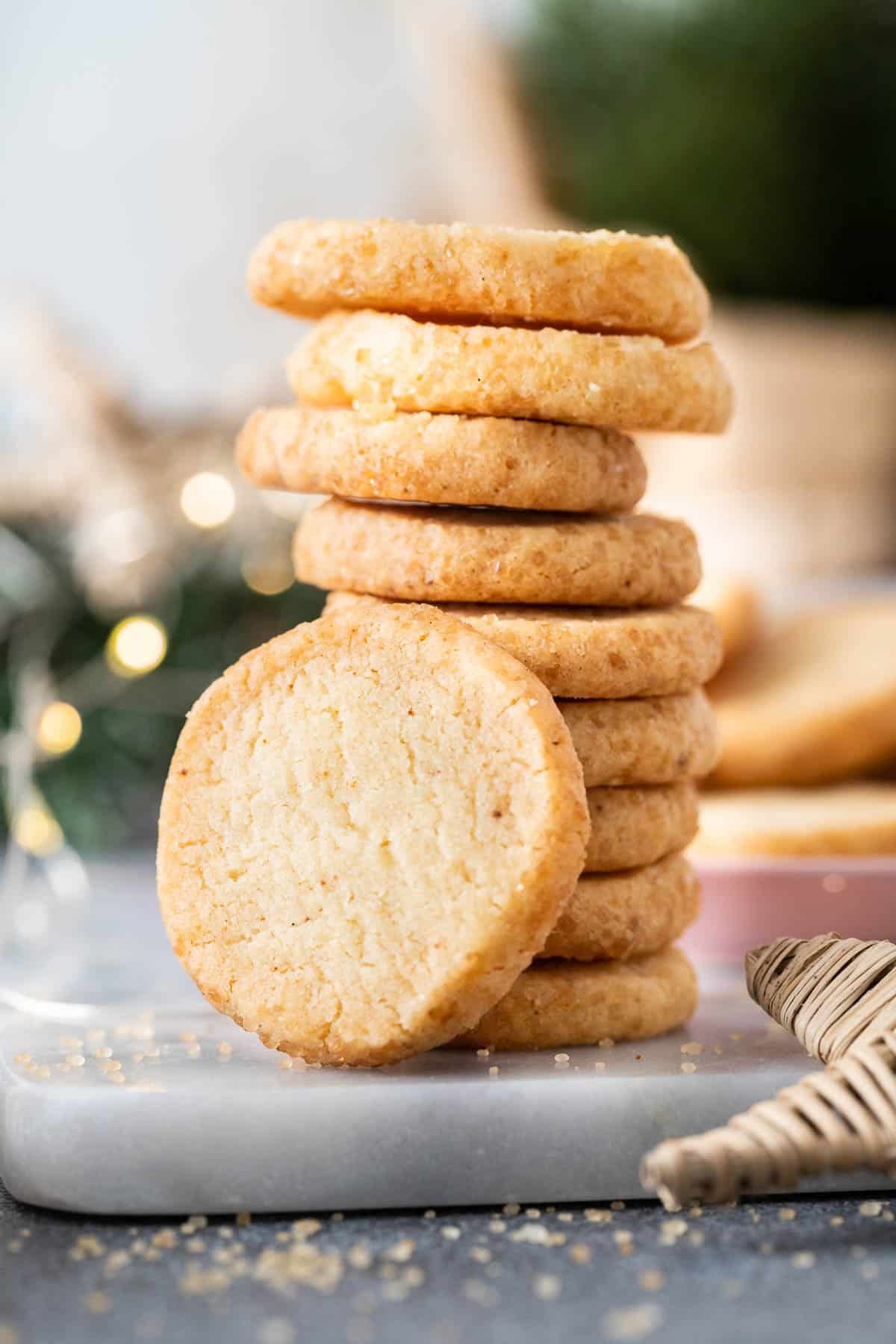
These traditional cookies called Heidesand are not as known as other German Christmas cookies like Vanillekipferl, Zimtsterne, and Lebkuchen but are a popular holiday treat in Germany. Made with browned butter and rolled in sugar these cookies have a tender, crumbly texture and taste so delicious with notes of caramel and nuts from the butter.
The name Heidesand translates to moor or heath sand, they are named after the area in the north of Germany they come from called Lüneburger Heide (Lüneburg Heath) which is the largest agglomeration of heathlands in Central Europe.
Why you’ll love this recipe
- A classic German Christmas cookie similar to slice-and-bake cookies
- The dough can be made in advance and stored in the fridge for a few days
- The browned butter gives these simple cookies the most delicious flavor
- The cookies keep for weeks stored in metal tins or an airtight container
Ingredient notes
Here is an overview of the ingredients you’ll need for this recipe. Scroll down to the recipe card at the bottom for quantities.
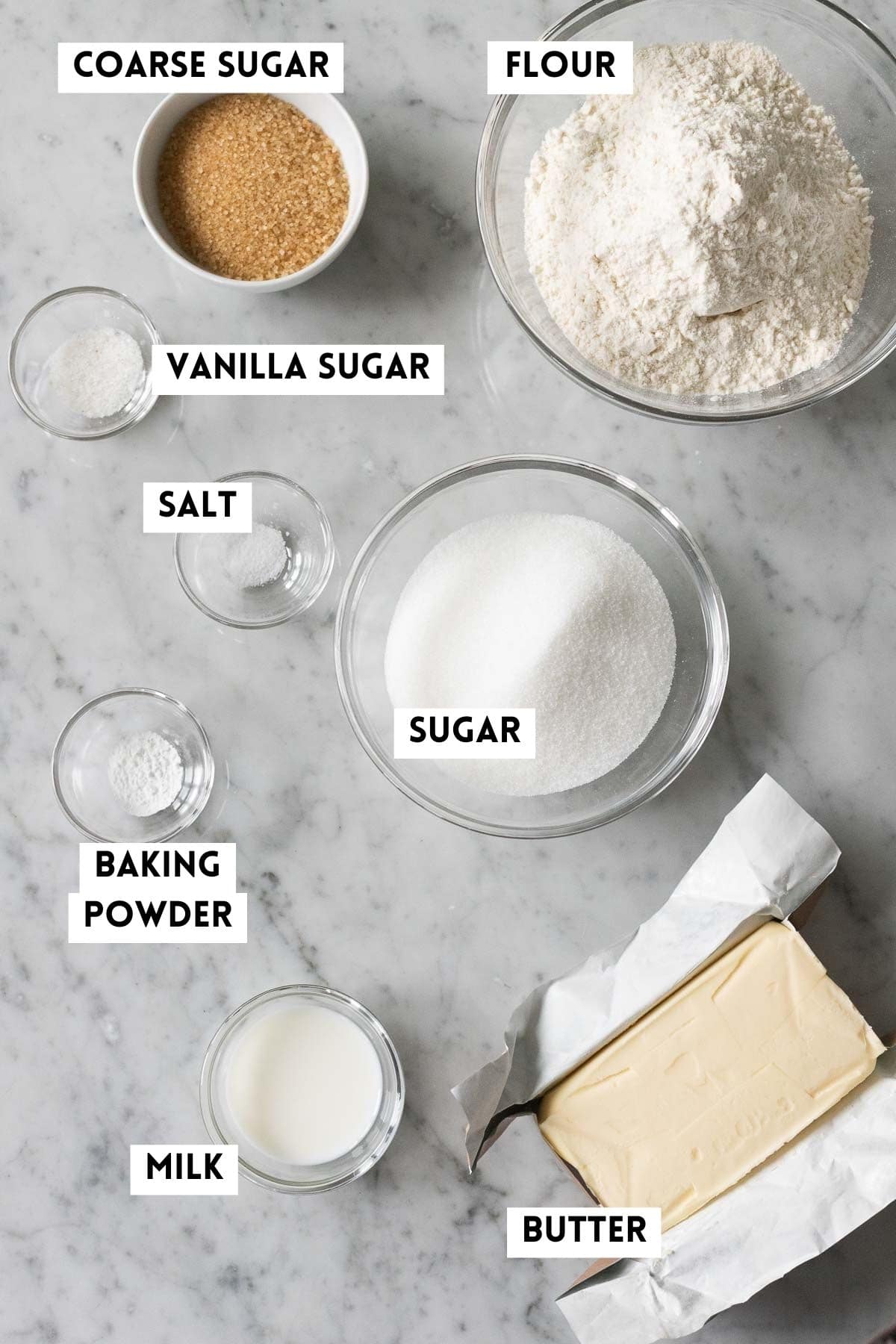
- Butter – Use unsalted butter for this recipe. I recommend using a European butter like Kerrygold for the best taste.
- Vanilla sugar – Traditionally Heidesand cookies are made with vanilla sugar (see my recipe for making vanilla sugar from scratch). You can also use vanilla extract or vanilla paste.
- Flour – All-purpose flour works best. Don’t use self-rising flour. Make sure to measure the flour correctly, using too much flour makes the dough crumbly.
- Coarse sugar – The cookies get rolled in coarse sugar before baking. You can also use pearl sugar, turbinado sugar, or even white sugar or brown sugar.
How to make this recipe
Detailed measurements and instructions can be found at the bottom of the page on the printable recipe card.
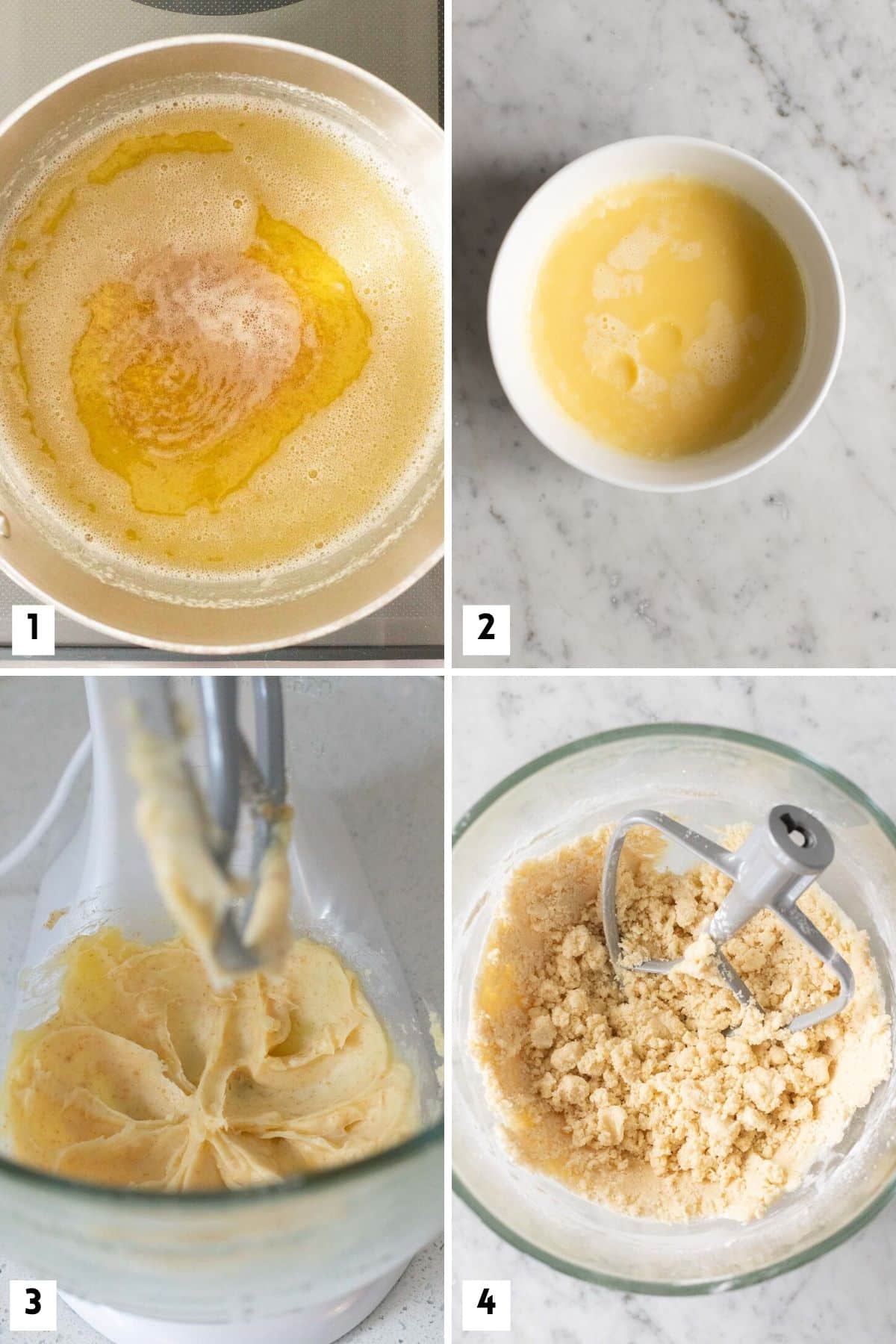
Start by making the brown butter by melting it in a saucepan and letting it simmer until the little speckles on the bottom of the pan turn brown and the butter has a rich amber color (Image 1). Transfer the butter to a porcelain or stainless steel bowl and let it cool down for about 45 minutes (Image 2).
In the bowl of a stand mixer fitted with the paddle attachment or using a hand mixer, beat the butter until smooth (Image 3). Then add sugar, salt, vanilla sugar, and milk. Mix until smooth. Combine flour and baking powder, and add to the butter mixture with the mixer running on low. The dough will look slightly crumbly but should hold together when you press it with your hands. If it is too dry add one or two tablespoons of milk (Image 4).
Turn out the dough onto a lightly floured work surface and knead it by hand until it comes together and is smooth (Image 5). Then divide it by three and shape each portion into a log with a 1.5-inch diameter. Roll each log in sugar and wrap it in plastic wrap (Image 6), then put them in the fridge to harden, this makes the cookies tender and keep their shape in the oven.
When you are ready to bake them, cut the logs into 1/4-inch thick slices with a sharp knife (Image 7) and transfer the cookies onto the cookie sheet (Image 8).
Bake cookies for 13-15 minutes in the middle of the oven or until just lightly browned on the edges. Let them cool completely on a wire rack!
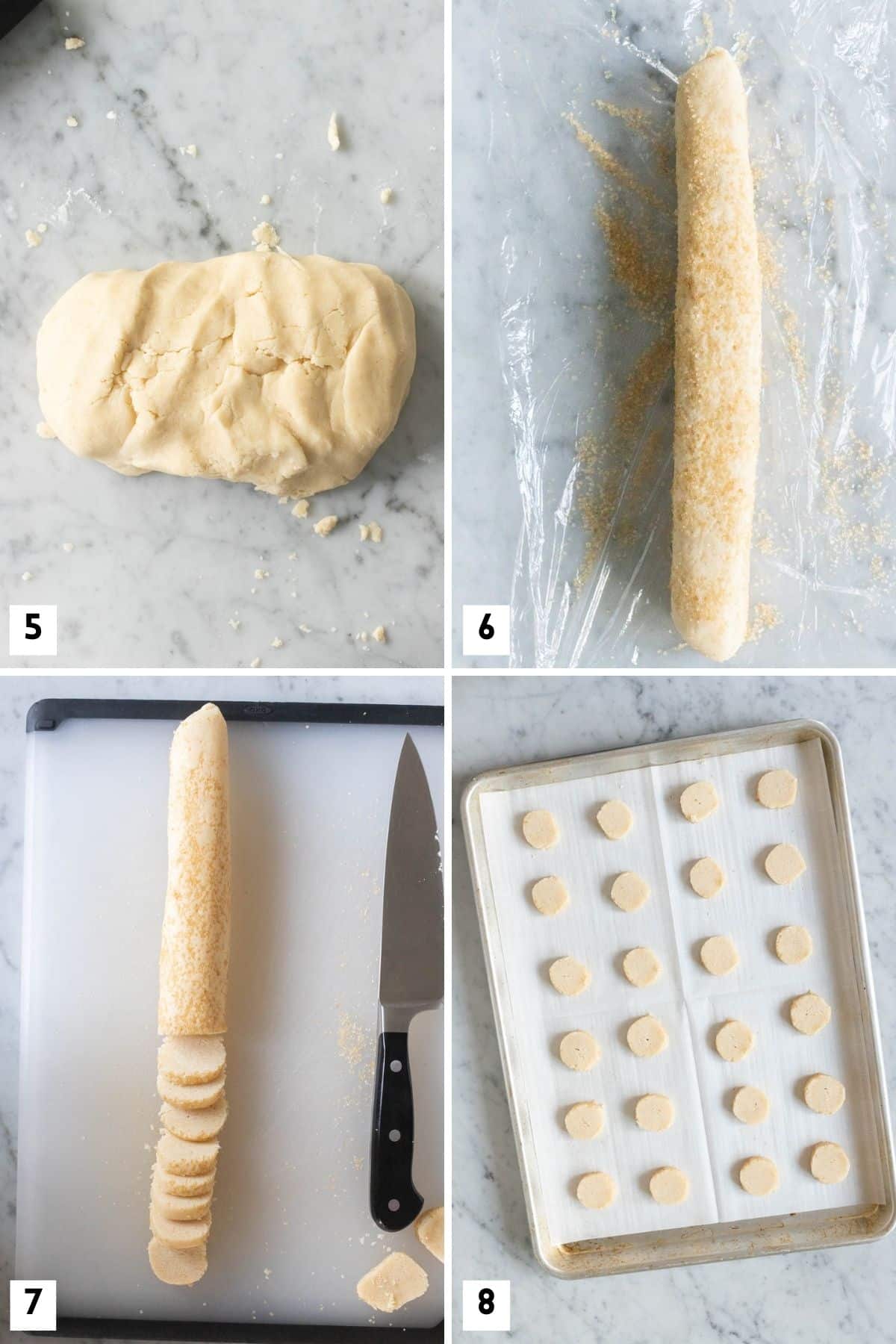
Expert tips for success
- Crumbly dough: Adding a little bit of milk makes it easier to make the dough and shape the cookie.
- Browned butter: Making browned butter is simple but it burns easily. The butter should just simmer, not boil. If it is your first time I recommend using a saucepan or skillet with a white bottom this way you can see the speckles.
- Measuring: It’s very important to measure the flour correctly. German recipes rely on accurate measuring, especially when making shortbread cookies. I recommend using a scale if you have one.
- Slicing: Instead of cutting the Heidesand cookies with a knife, you can also use (unflavored) dental floss. To make the cookies look more uniform carefully shape the cookies into circles after cutting them.
- Shaping: Use plastic wrap to make it easier to shape the dough into a log.
- Rolling: Instead of using sugar, you can also roll the cookies in chopped pistachios. I prefer to roll the whole log in sugar after shaping it but you can also roll each cookie individually after slicing them.
- Egg: Some recipes call for adding an egg to make the dough less crumbly, but this changes the texture of the cookies and they won’t be as tender.
Recipe FAQs
Shortbread is a popular type of cookie in Europe and is characterized by its buttery, lightly sweet taste and dense, rustic structure. The cookies have a crisp texture with a tender crunch. They are usually made with butter, sugar, and flour and no eggs.
Brown butter gives recipes a caramelized, nutty aroma and is easy to make at home. You need a saucepan or pan, butter, and a whisk. Melt the butter over medium-low heat and let it come to a simmer. Let it simmer until brown specks appear at the bottom of the saucepan and the butter has a rich amber color. It takes about 5 minutes in total. Make sure to keep an eye on the butter, it burns easily!
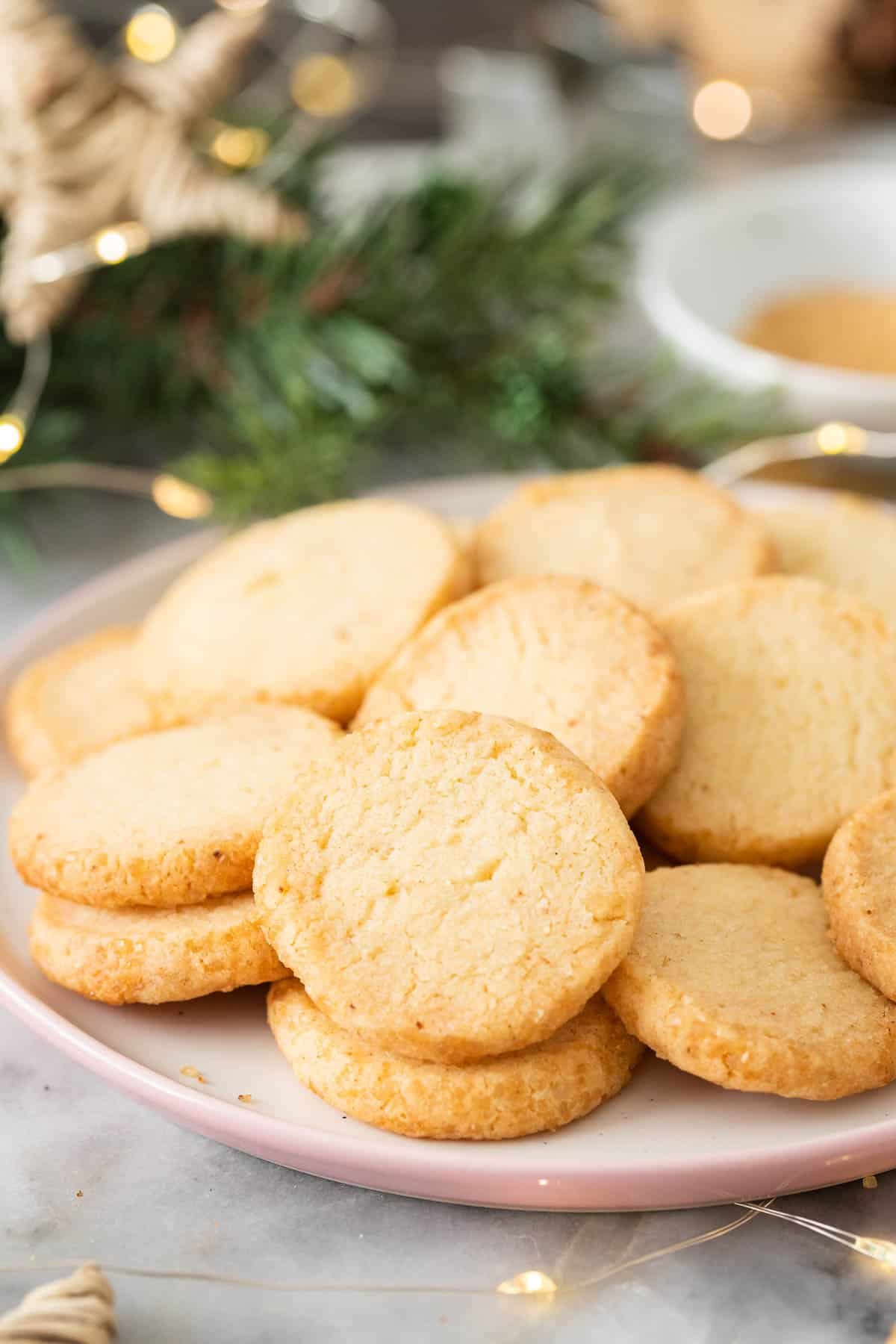
Serve it with
These German brown butter shortbread cookies make a perfect addition to any Christmas cookie platter and taste delicious with a glass of mulled wine or Kinderpunsch (German non-alcoholic Christmas punch).
Make-ahead and storage
The dough for the Heidesand cookies can be made ahead and stored in the fridge for up to 2 days. Let the logs sit at room temperature for 20-30 minutes before slicing them into cookies.
Store the cookies in a metal tin or an airtight container. They keep fresh for at least 3 weeks in my experience if they are stored in a dark and cool place.
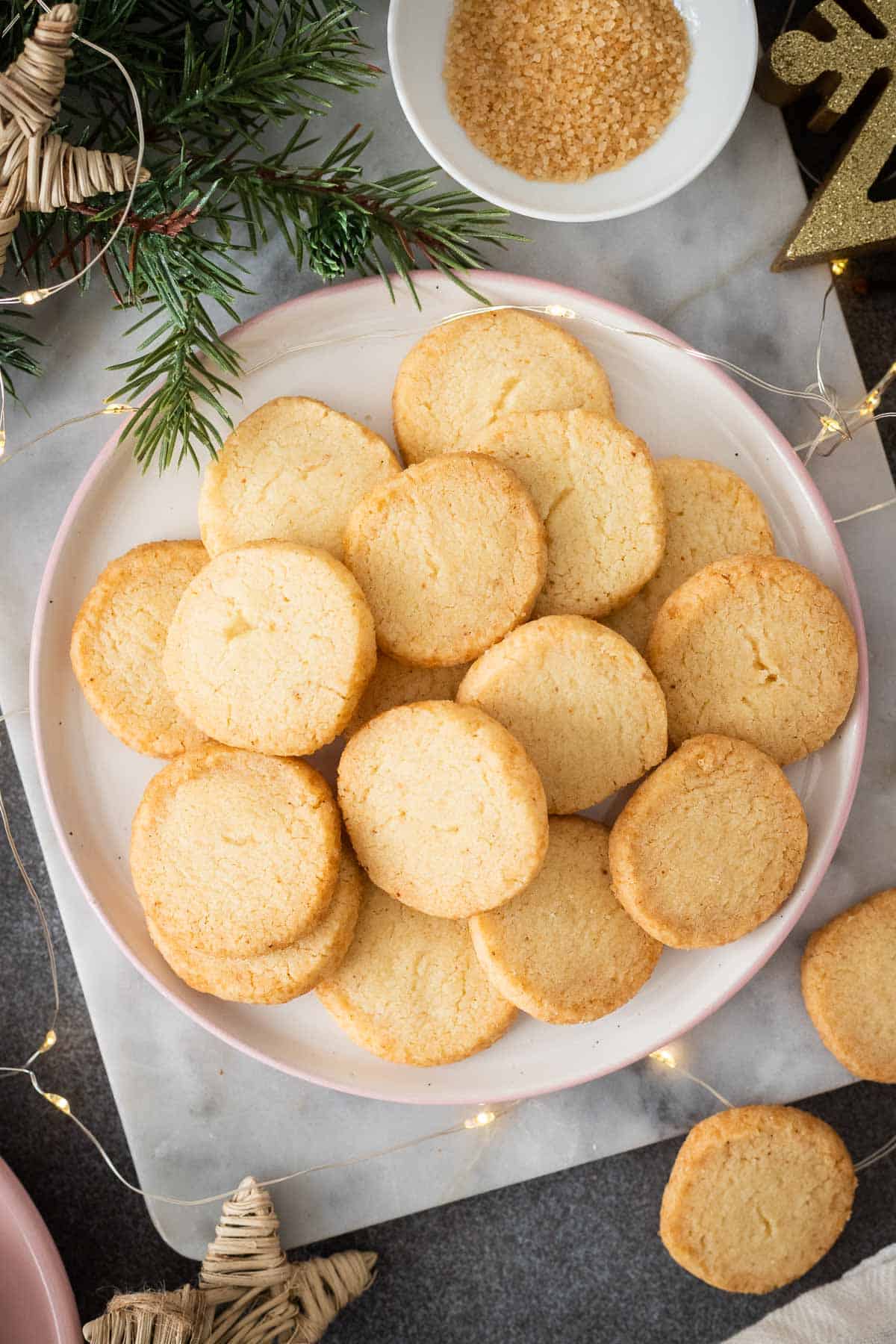
More German Christmas Recipes to Try
German Recipes
Marzipankartoffeln
Cookies, Brownies & Bars
Meringue Cookies
Cookies, Brownies & Bars
Nut Corners (German Nussecken)
German Recipes
German Stollen Recipe
Never Miss A Recipe! Subscribe to my newsletter and follow along on Facebook, Instagram, and Pinterest for more great recipes and all of the latest updates.
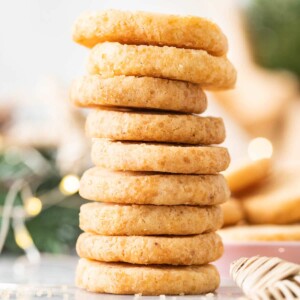
Heidesand (German shortbread cookies)
Ingredients
- 1 cup unsalted butter
- 1 1/4 cup sugar
- 1 pinch salt
- 1 1/2 tsp vanilla sugar, or vanilla extract
- 3 Tbsp milk
- 2 1/2 cups all-purpose flour
- 1/4 tsp baking powder
Instructions
- In a small saucepan over medium heat, melt the butter and let it come to a simmer. Whisking constantly let the butter simmer until brown specks appear at the bottom of the saucepan and the butter has a rich amber color. Transfer the butter to a bowl and let sit in a cool spot until it has cooled completely and starts to solidify about 30-45 minutes.
- In the bowl of a stand mixer fitted with the paddle attachment or using a hand mixer, beat the butter until smooth. Then add sugar, salt, vanilla sugar, and milk. Mix until smooth.
- Combine flour and baking powder, and add to the butter mixture with the mixer running on low. Mix until combined.
- Turn out the dough onto a lightly floured work surface, then knead the dough by hand, divide it by three and shape each portion into a log with a 1.5-inch diameter.
- Roll each log in sugar and wrap it in plastic wrap. Refrigerate for at least 1 hour.
- Preheat oven to 350 degrees F (180C) and line a baking sheet with parchment paper.
- Cut the logs into 1/4-inch thick slices with a sharp knife and transfer the cookies onto the baking sheet.
- Bake cookies for 13-15 minutes in the middle of the oven or until just lightly browned on the edges. Take out of the oven and let cool on a wire rack.
Notes
- Crumbly dough: Adding a little bit of milk makes it easier to make the dough and shape the cookie.
- Browned butter: Making browned butter is simple but it burns easily. The butter should just simmer, not boil. If it is your first time I recommend using a saucepan or skillet with a white bottom this way you can see the speckles.
- Measuring: It’s very important to measure the flour correctly. German recipes rely on accurate measuring, especially when making shortbread cookies. I recommend using a scale if you have one.
- Slicing: Instead of cutting the cookies with a knife, you can also use (unflavored) dental floss. To make the cookies look more uniform carefully shape the cookies into circles after cutting them.
- Shaping: Use plastic wrap to make it easier to shape the dough into a log.
- Rolling: Instead of using sugar, you can also roll the cookies in chopped pistachios. I prefer to roll the whole log in sugar after shaping it but you can also roll each cookie individually after slicing them.
- Egg: Some recipes call for adding an egg to make the dough less crumbly, but this changes the texture of the cookies and they won’t be as tender.
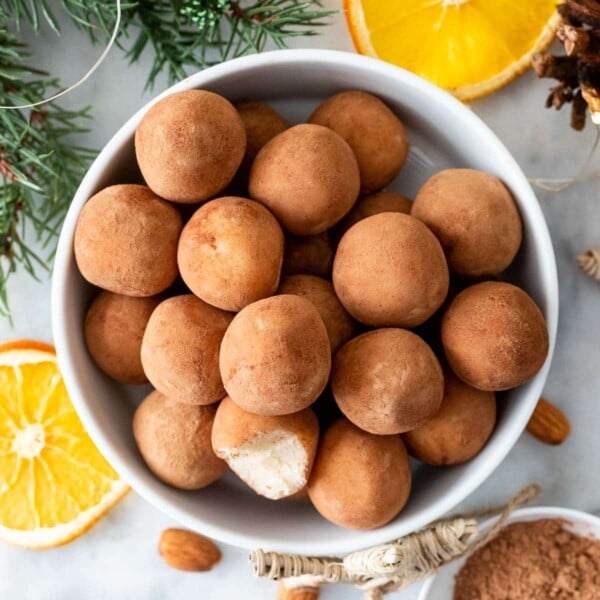
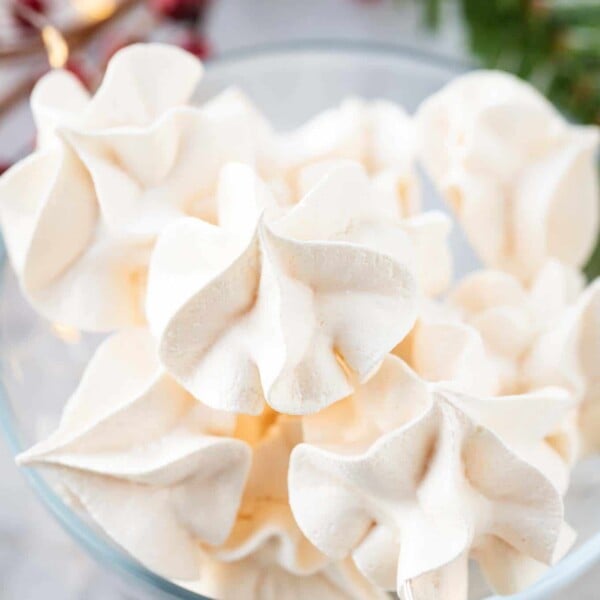
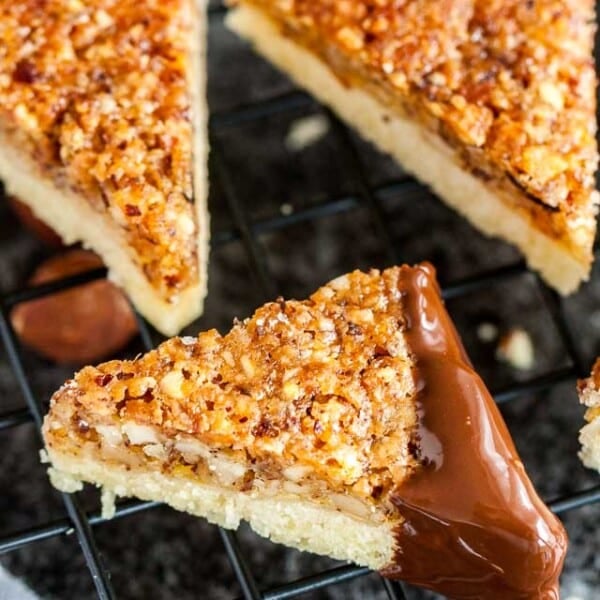
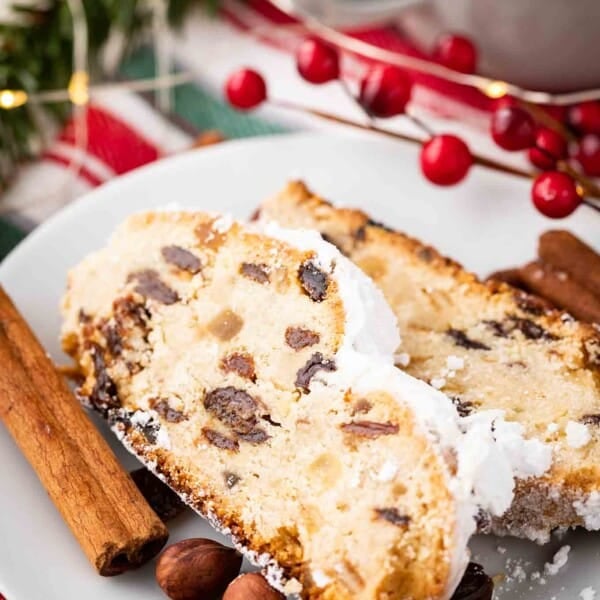
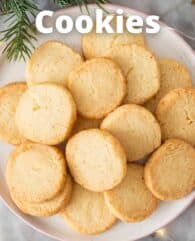
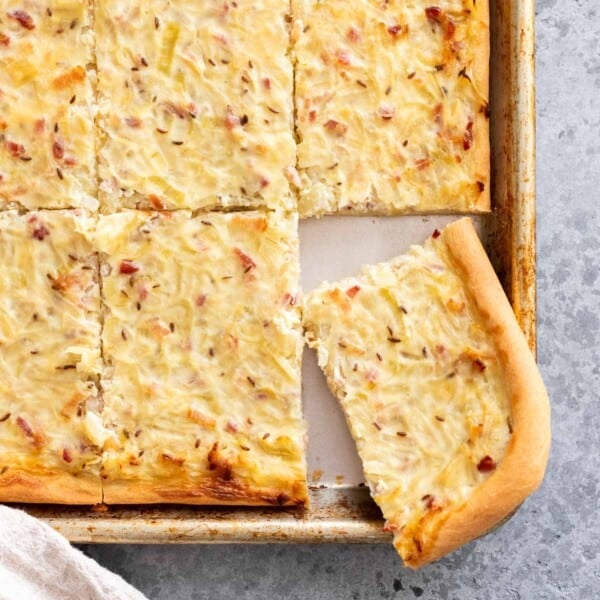
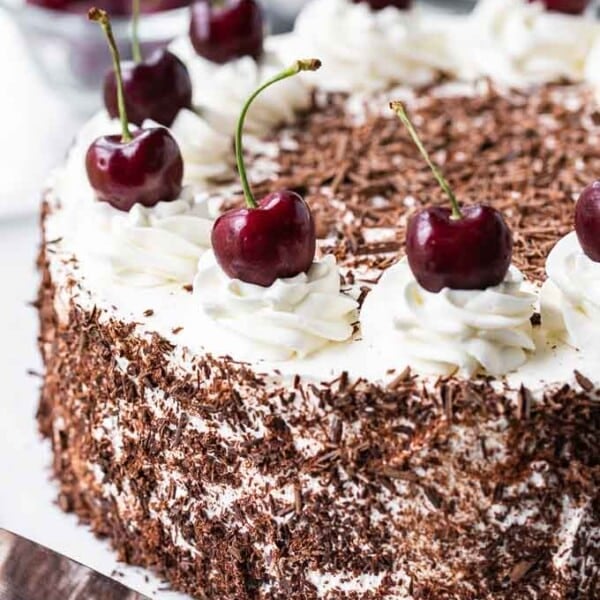
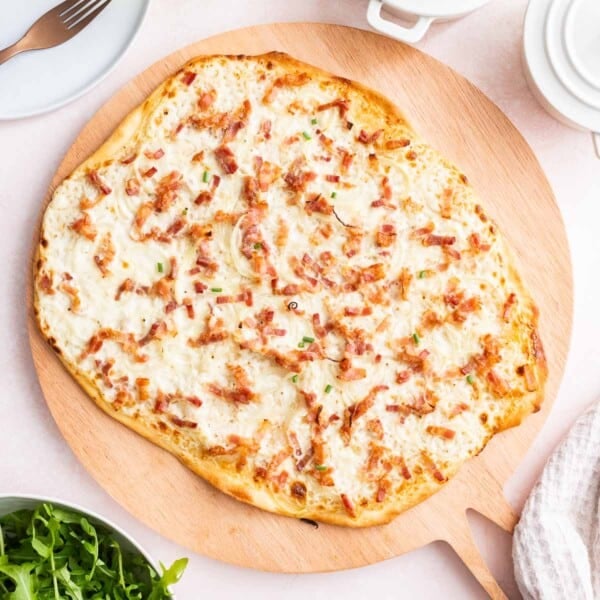
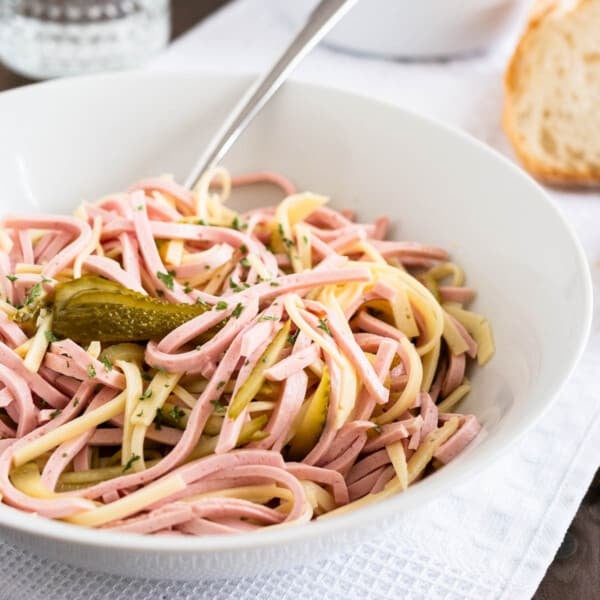






I just made these and they’re wonderful! Weighed all my ingredients and just used vanilla extract and they turned out beautifully- and made 70 tiny cookies! These will be perfect for my Christmas baskets- and I love that you could do all sorts of stuff with them! I think I might half-dip a few in dark chocolate with sea salt or salted pistachios- or sandwich some with jelly or a chocolate or hazelnut cream. Thank you for the beautiful recipe!
Whoops! I baked them already, and since I’d read other recipes that said to let them cool on the sheets for 10 minutes, that’s what I did, since I didn’t see your reply until after I’d baked them. They are delicious! But very crispy – don’t know if that’s how they’re supposed to be, or if that is because I screwed up – anyway, they’re wonderful! Thanks.
Hi Julia! Since I love both shortbread cookies & anything with brown butter in it, I can’t wait to try these. I have one question: when removing the cookies from the oven to the rack, do they stay on the baking sheet, or should I remove them from the baking sheet to a cooling rack? Some cookies are supposed to stay on the baking sheet to finish baking, but I don’t want to overbake these. Thanks.
No, they don’t stay on the baking sheet. Slide the cookies with the parchment paper onto the cooling rack.